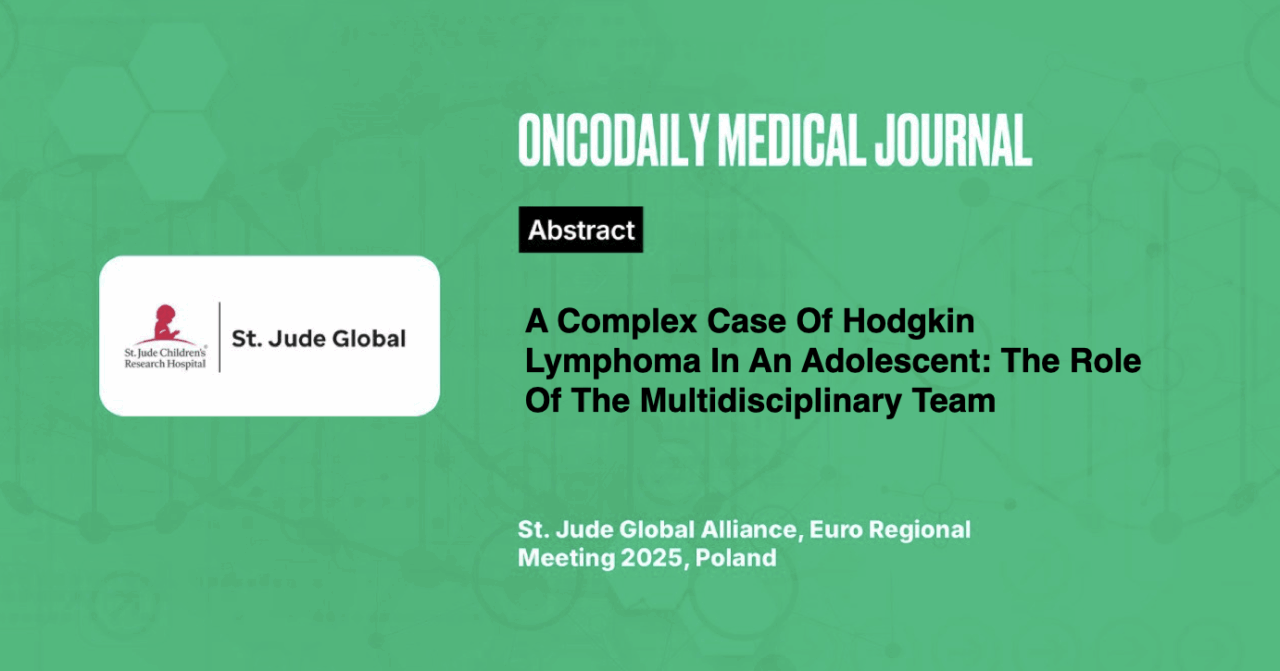A Complex Case Of Hodgkin Lymphoma In An Adolescent: The Role Of The Multidisciplinary Team
Abstract
Introduction: We present the case of a 13-year-old adolescent diagnosed with Stage II Mixed Cellularity Hodgkin Lymphoma, requiring a multidisciplinary team for diagnosis and treatment. Given the complexity of the case, particularly with airway obstruction during diagnostic procedures, a coordinated approach across multiple specialties was essential for successful management.
Methodology: The diagnosis was established through a right lateral cervical lymph node biopsy, which was challenging due to respiratory collapse from dynamic airway obstruction during intubation. The anesthetic approach was revised, and the biopsy was successfully performed under analgosedation and ultrasound guidance. Histopathological and immunohistochemical exams confirmed Stage II Mixed Cellularity Hodgkin Lymphoma, and PET-CT staging revealed only supradiaphragmatic lymphadenopathy. Before the initiation of chemotherapy, a Port-a-Cath was inserted under similar anesthetic management. The patient began treatment with the Euronet-PHL C2 protocol.
Results: During the second OEPA cycle, the patient developed grade II mucositis, severe aplasia, neutropenia, anemia, and thrombocytopenia, along with inflammatory syndrome and a semi-productive cough. The patient was treated with broad-spectrum antibiotics, antifungals, transfusions, and growth factors, leading to clinical improvement and treatment completion. A follow-up PET-CT two weeks later showed regression of the initial lymphadenopathy but revealed new bilateral pulmonary nodules, subcutaneous formations, and a right thyroid lesion with increased metabolic activity. The patient was urgently re-hospitalized for suspected fungal infection, and further investigations, including a tracheal aspirate and biopsy, were performed. Candida albicans was identified, leading to treatment with Caspofungin and combination antibiotic therapy, with continuous imaging monitoring.
Conclusion: The patient ultimately completed oncologic treatment successfully. This case underscores the critical role of a multidisciplinary team in the oncologic management of adolescents, ensuring appropriate diagnosis, treatment adaptation, and complication management. The challenges faced during diagnostic and therapeutic interventions, including airway obstruction, infection risk, and hematologic toxicities, highlight the necessity of close monitoring and coordinated care in pediatric oncology.





